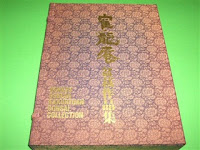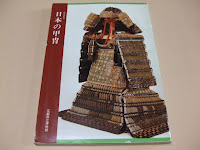Sato Kinbei Chugoku Shorin Kempo
Born in Fukushima prefecture,Sato Kinbei learned a variety of Japanese martial arts and Chinese martial arts.Then he founded his creative Taiwado.Since he was a child,he has learned Yagyu Shingan-ryu Heijutsu,Daito-ryu Aiki Jujutsu,Asayama Ichiden-ryu Taijutsu,Aikido under Ueshiba Morihei,Hakko-ryu Jujutsu under Okuyama Ryuho.
This book was published in 1982 and deals with Chugoku Shorin Kempo.It has a lot of photos in it.Step-by-step instrcution manual.
In the preface to this book,Sato Kinbei says"I published Taikyokuken,Shorinken,Keiiken and Hakkesho before.Fortunately,they had a favorable review.Shorinken,which I describe in this book,is one kind of Kenpo,which has been handed down from generation to generation in China.This Shoriken involves very danger techniques and so it has not been shown to the public.Luckily,I managed to learn it.In this book,my Sensei Chin Enjun and his disciple Rin Kinna performes.I would you like to learn Chugoku Shrin Kempo Techniques performed by Chinese Masters."










































